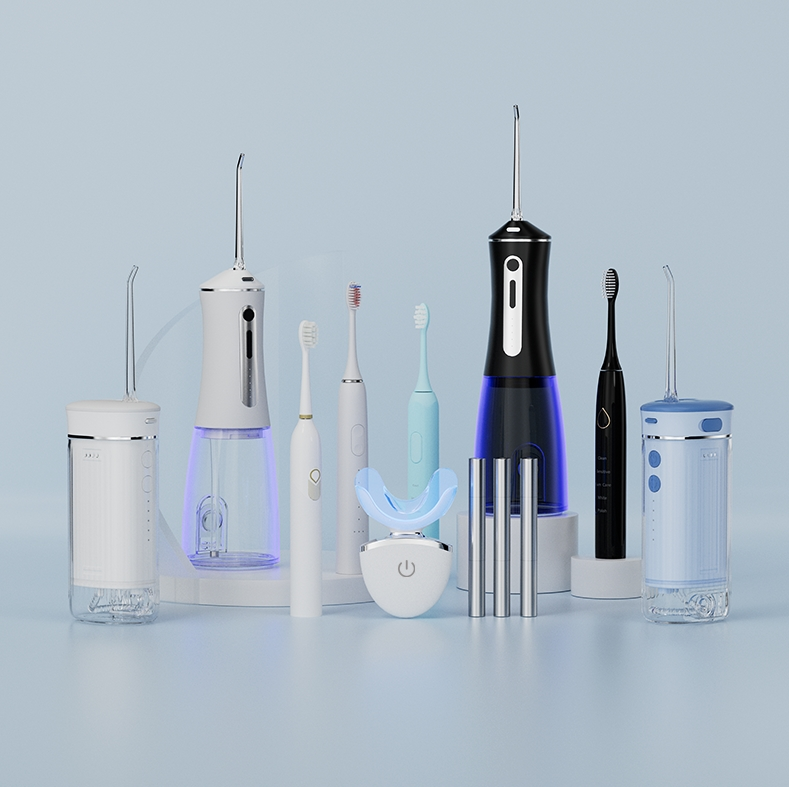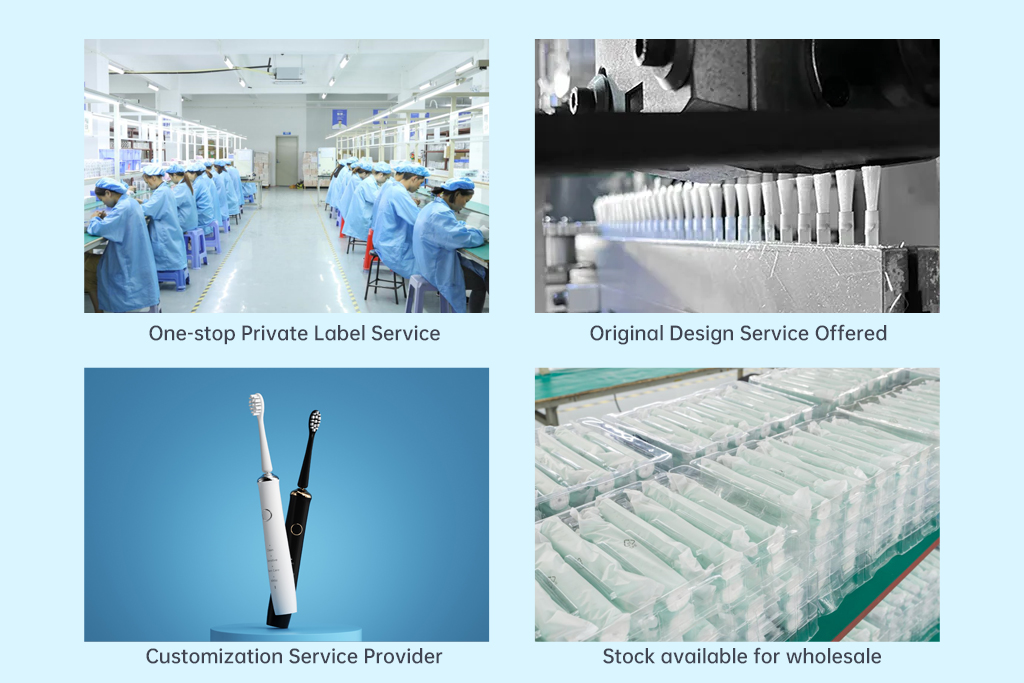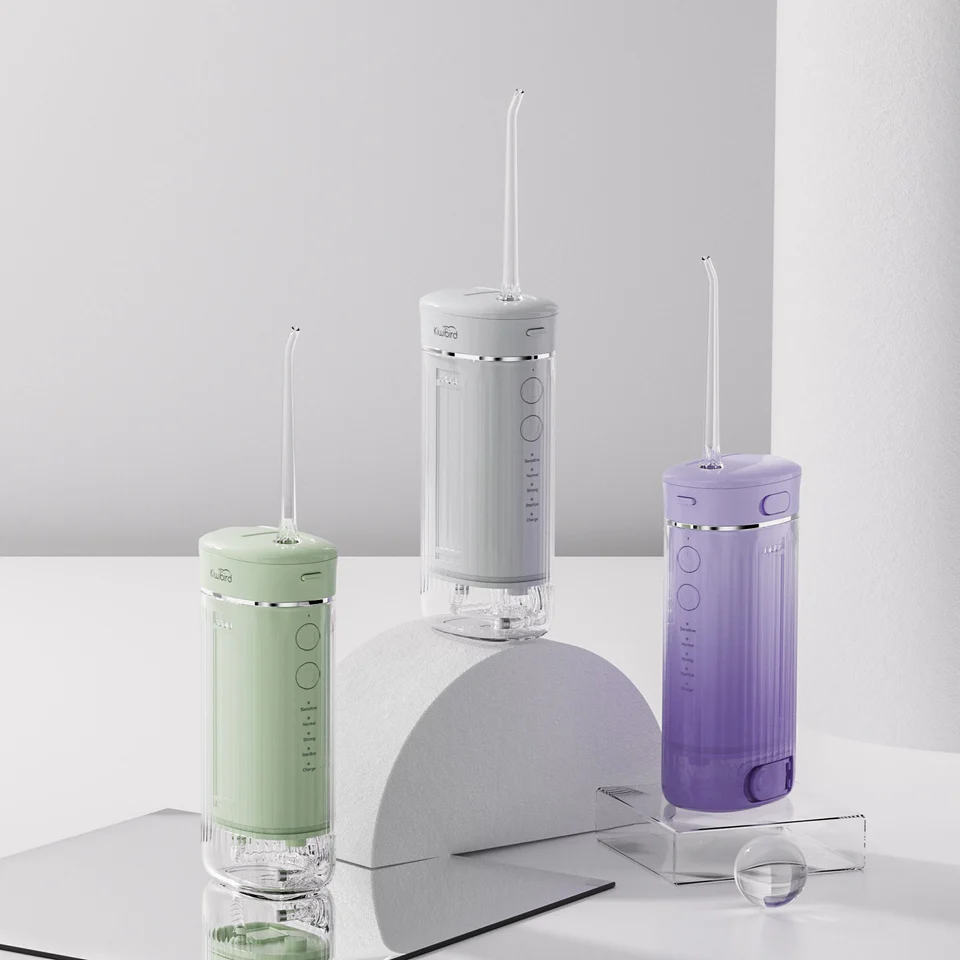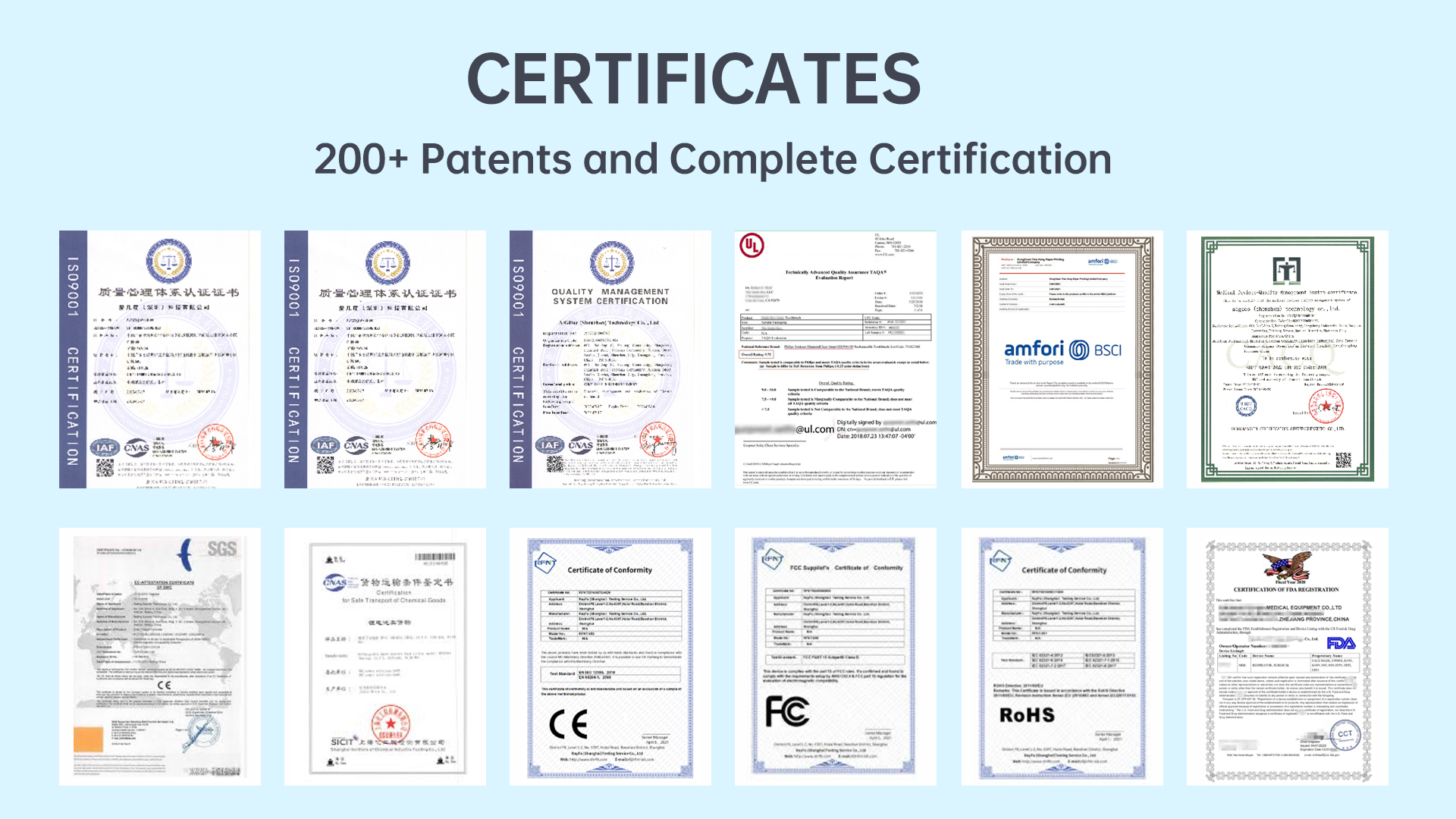In the competitive world of oral care device manufacturing, even minor design or production flaws can trigger unexpected user complaints. Recently, customer feedback has highlighted a curious pairing: taste alteration following tray misalignment in teeth whitening kits. While it may seem like a coincidence, this phenomenon deserves closer inspection from both a design and safety perspective. Could this be an early warning sign of deeper product faults?
Tray misalignment typically refers to a whitening tray failing to properly conform to the user’s dental arch. This issue can stem from:
A misaligned tray does not sit flush with the teeth, resulting in improper distribution of whitening gel across the enamel surface.
When a whitening tray fits poorly, taste alteration becomes a likely side effect for several reasons:
Such chemical exposure can result in a temporary or, in severe cases, prolonged disruption of taste function. Company web: https://www.powsmart.com/product/electric-toothbrush/
For end users, the combination of tray misalignment and taste alteration quickly translates into dissatisfaction:
For B2B manufacturers, these reactions mean increased returns, warranty claims, and potential damage to brand reputation, especially in premium market segments.
Several upstream factors contribute to this linked issue:
The lack of synergy between tray design and gel formulation magnifies the problem.
To avoid the risk of tray misalignment and its side-effect, taste alteration, manufacturers can:
These measures reduce the likelihood of poor tray performance and protect end-user sensory comfort.
Advanced innovations promise better outcomes in tray-based whitening:
B2B brands adopting these solutions will set new standards for both safety and user satisfaction.
The occurrence of taste alteration following tray misalignment is far from random—it signals deeper design and production weaknesses that demand attention. For manufacturers, addressing this issue isn’t simply about aesthetics or taste—it’s about trust, product reliability, and market competitiveness. By tackling this hidden link head-on, OEM and ODM suppliers can deliver whitening products that truly meet modern consumer expectations for both performance and comfort. Contact us

.jpg)
sonic electric toothbrush Little Rock

Common Electric Toothbrush Issues & How Factories Can Prevent Them
.jpg)
Product Expansion Strategy: Why Brands Should Add Water Flossers to Their Lineup
Weak Vibration Plus Sensor Failure – Double Malfunction?

The Rising Market Potential of At-Home Teeth Whitening Devices

Benefits of Electric Toothbrushes: Why Brands Should Invest in electric toothbrush Quality Manufacturing
Pulse Instability with Noise Spikes – Motor Dying?

Competitive Water Flosser Features That Drive Sales
.jpg)
How Brands Can Achieve Higher Margins with Premium Water Flossers

How to Choose an Electric Toothbrush Factory for Superior Cleaning Power?
Enamel Thinning from Weak Pressure?
Cavity Risk from Taste Residue?
.jpg)
Water Flosser Advantages: Key Selling Points for Brands to Highlight
Nozzle Blockage Causing Pressure Loss?
Water Splashing plus Handle Slippage – Design Flaw?
Battery Leakage and Circuit Corrosion – Dangerous Duo?
.jpg)
Florida Electric Toothbrush – Powsmart PTR-C8

Electric toothbrush heads Charcoal Infused-Diamond

electric toothbrush heads Regular Clean

Customization Teeth Whitening Gel

electric toothbrush heads Charcoal Infuse-Round

Private Label Whitening Gel

electric toothbrush heads Deep Clean

electric toothbrush heads Ultra Soft
whstapp
whstapp
National Toll-Free Service Hotline
+86 755 86238638